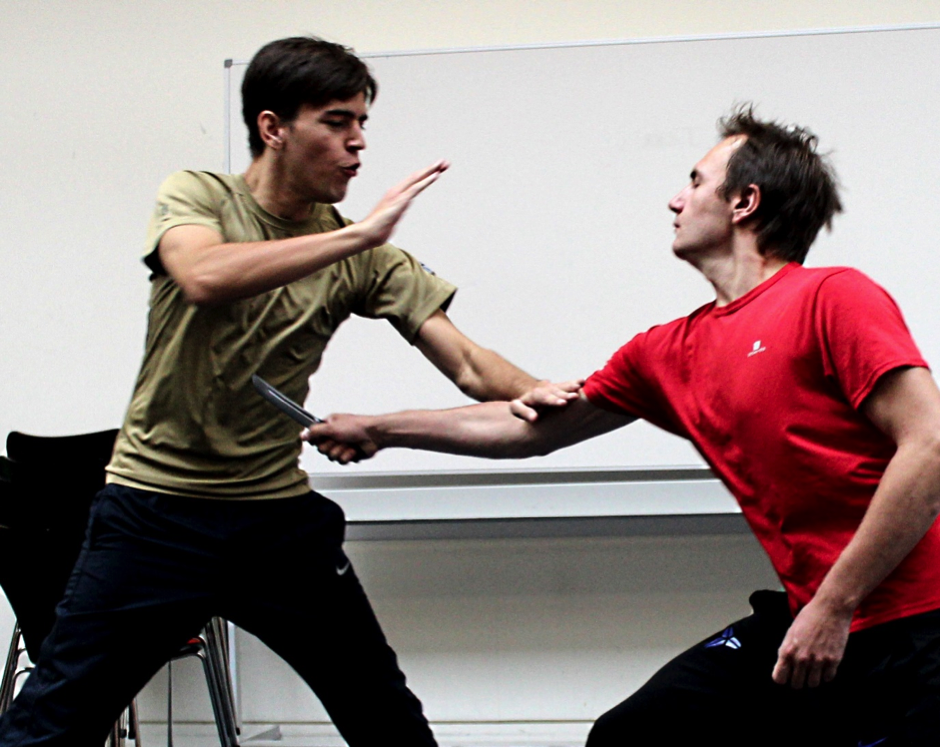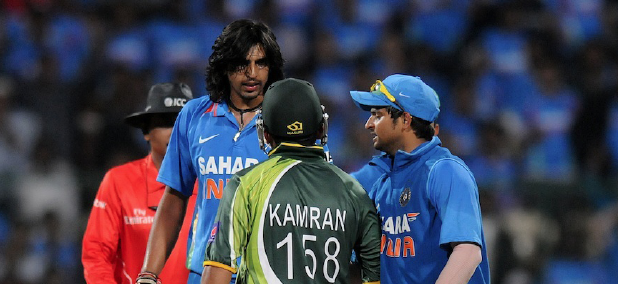Krav Maga – A fearsome addition to IC’s martial arts roster
Xuan Chen gives his thoughts on Imperial’s newest self defence class

For anyone unfamiliar with Krav Maga, the short summary is this; it’s a brutally effective modern self-defence system invented by the Israeli military halfway through the 20th century.
What hopes to become one of Imperial’s newest societies offered a free taster session one rainy Sunday to gauge the interest in this ruthless sport, and it would seem that Imperial students will finally get their chance to learn how to defend themselves against hordes of knife-wielding hooligans.
Imperial’s new Krav society was founded by two friends brought together by their mutual love of the sport: Pierre and Habib, the president and instructor respectively. Habib starts us off – the atmosphere is easy as Habib’s confidence and boisterous laugh puts us all at ease.
A seasoned black belt, he’s been teaching Krav for seven years now and fighting even longer than that.
Krav is nothing like most oriental martial arts because they were all developed in the middle ages. Since Krav is still being developed today, it is effective for modern combat, actually adapting techniques for use in modern-day situations. It resembles most closely the Keysi fighting style, which Christian Bale demonstrates in Nolan’s adaptations of Batman.
“I suppose the most similar would be Mixed Marshal Arts, but that’s all unarmed combat. In Krav, we defend against all sorts of weapons – knives, guns, batons, etc., and also against multiple armed opponents.”
We warm up before moving onto what the spirit of Krav is all about – moving into the opponent and getting up close for the counterattack. We only get about fifteen minutes of this ‘traditional’ martial arts training, however, because Krav is all about real life situations and how to get through a fight and survive.
Habib sets up a deadly obstacle course where the obstacles are opponents attacking with knives, batons, grapples, and kicks – none of which we were taught at the beginning. Leaving only half a second between opponents means that getting trained this way hones your survival instinct and the core principle of getting inside your opponent’s guard to take him down with the counterattack. This, it turns out, succeeds very well when defending yourself against all of these situations.
“You don’t have twenty years to learn every single move and countermove,” Habib reminds us. “Most fights are going to be even shorter than this; five seconds is too long and in real life you’re looking at two.”
Over the remaining ninety or so minutes Habib sets up a fake social situation, where half of us are the away victors at a football match and the other half are the angry home supporters.
Unbeknownst to us, our rivals are armed and so after mingling a bit one of them suddenly pulls a gun on me. My pitiful reaction of trying to slap his hand away and stammering “woah, woah, Jesus Christ” doesn’t really do much to save me in that situation.
Habib then explains that these are the situations that you find yourself in in real life – these are where your fights are going to be, not honourable karate tournaments or an initiation involving a convenient matchup against another Wing Chun expert balancing on tables.
We learn to read a little body language and also perform basic checks to see if anyone is hiding any weapons somewhere. The role-play gets a little more intense and this time there is name-calling and general provocation before any weapons were drawn.
Unfortunately for my new attacker, who also pulls a gun on me, he failed to notice that this time I had been armed with a knife and that I am surrounded by ‘friends’ this time.
The result is my companions dragging the gun out of his hand and him to the floor whilst I stab him in the neck, all within one second of the whole incident taking place.
Habib is happy to take questions throughout and demonstrates a variety of finger and wrist breaks, disarms, and elbow and knee strikes he promises to teach us next time.
Krav is a viciously pragmatic martial art and Habib channels this by touching on the philosophical aspects of hurting others as well as trying to save people you care about, as well as the importance of common sense.
“Don’t be a hero; you can walk away and nobody will judge you for it.”
Any martial arts fan or anyone who is up for learning a bit of street defence should definitely drop by to a session, and witness the unique and deadly Krav Maga fighting style for themselves.









